|
Ring-billed Gull Larus delawarensis Gaviota Piquianillada
|
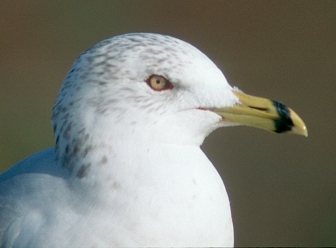 |
|
Photo: M. Donahue
|
|
Ring-billed Gull Larus delawarensis Gaviota Piquianillada
|
 |
|
Photo: M. Donahue
|
|
IDENTIFICATION: The Ring-billed Gull has a different plumage in each of the first three years. The adult is white below and light gray on the back and upper wings, with black and white wing tips; the yellow bill has a black ring toward the tip. In the first winter plumage--- a typical age class found in Puerto Rico---the immature has a light gray back, brown wings and sides, and a dull pink bill with a black tip. Length: 43 cm.; weight: 400-590 g. VOICE: Multiple shrill call notes in a rapid sequence. Audio (M. Oberle). HABITAT: Beaches, bays and municipal garbage dumps. Nests on isolated islands in the northern interior of North America. HABITS: This gull is an omnivore and will just as readily dive or dip for fish, as it will lounge around a garbage dump waiting for its next meal. In North America it nests in colonies where both sexes build a grass-lined nest. Individual birds often return to the same nest site year after year, occasionally switching mates with a previous year's neighbor. Both sexes incubate the 2-4 eggs for about 21 days. Ring-billed Gulls migrate south in winter, and birds banded in Ontario, Canada, have been recovered in Puerto Rico. STATUS AND CONSERVATION: An uncommon, local non-breeding visitor to Puerto Rico. This species was hunted to precariously low population levels in the 19th Century, but after the 1917 Migratory Bird Convention Act was passed, the species was protected and recovered rapidly. Breeding populations in North America increased by 4.1% per year in the period 1966-1995. Although still local in Puerto Rico, its numbers are increasing. Worldwide population is estimated at 3-4 million. RANGE: Nests in southern Canada, around the Great Lakes, and in the northern Great Plains and interior northwestern North America. Winters along the temperate coasts of North America, the Mississippi River valley, Central America and the Greater Antilles. A regular species in San Juan Harbor and Mayagüez Bay and other locations such as the breakwater at Arecibo harbor (3 July 1998). TAXONOMY: CHARADRIIFORMES; LARIDAE; Larinae |
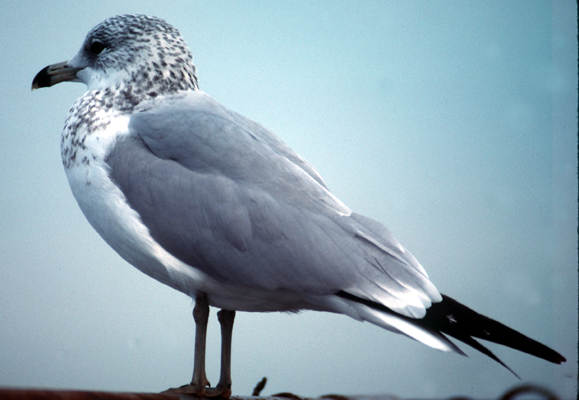 |
|
Winter plumage adult - Photo: G. Beaton
|
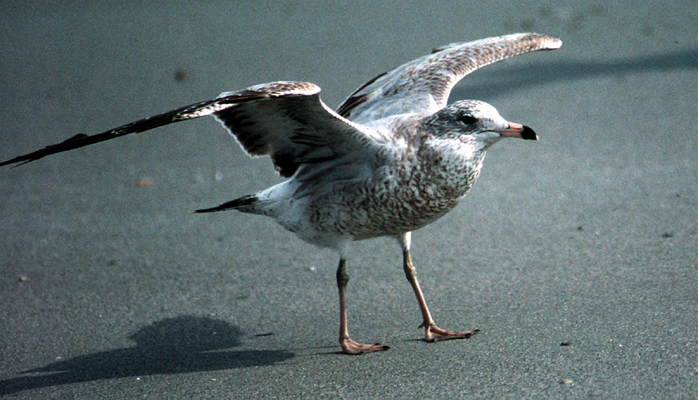 |
|
Photo: G. Beaton
|
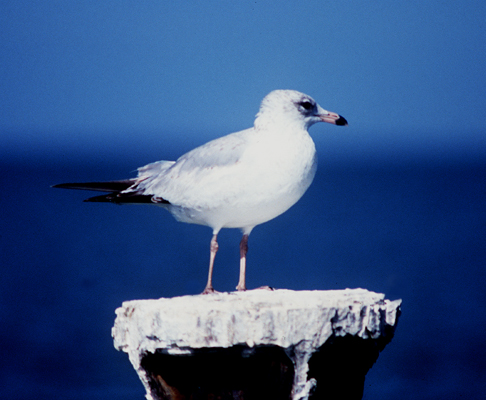 |
|
Photo: J. Saliva
|
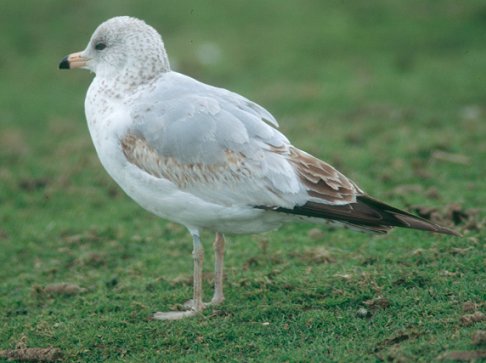 |
|
Photo: M. Donahue
|
 |
|
Photo: M. Donahue
|
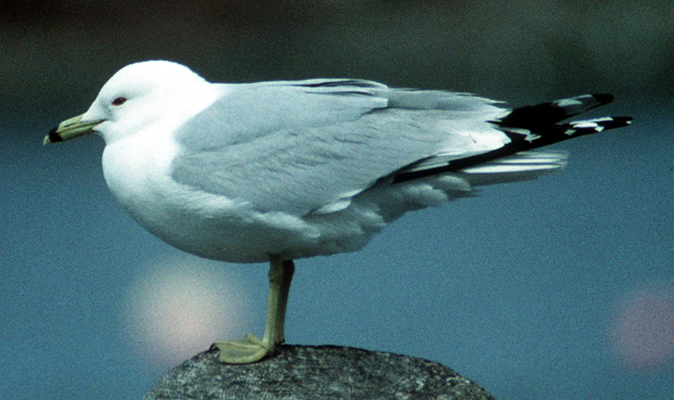 |
|
Photo: G. Beaton
|
 |
|
Photo: M. Donahue
|
|
References Bent, A.C. 1921. Life histories of North American gulls and terns. Smithsonian Instit. U.S. National Museum Bull. 113. (Reprinted by Dover Press, 1963). del Hoyo, J., A. Elliott, and J. Sargatal, eds. 1996. Handbook of Birds of the World, Vol. 3. Hoatzin to Auks. Lynx Edicions, Barcelona. Ehrlich, P.R., D.S. Dobkin, and D. Wheye. 1988. The birder's handbook: a field guide to the natural history of North American birds. Simon and Schuster/ Fireside, NY. Grant, P.J. 1997. Gulls: a guide to identification, 2nd Ed. Academic Press, NY. Harrison, P. 1983. Seabirds: an identification guide. Houghton Mifflin, Boston. Harrison, P. 1987. A field guide to seabirds of the world. Stephen Greene Press, Lexington, MA. Raffaele, H.A. 1989. A guide to the birds of Puerto Rico and the Virgin Islands. Princeton. Raffaele, H.A. 1989. Una guía a las aves de Puerto Rico y las Islas Vírgenes. Publishing Resources, Inc., Santurce, PR. Raffaele, H.A., J.W. Wiley, O.H. Garrido, A.R. Keith, and J.I. Raffaele. 1998. Guide to the birds of the West Indies. Princeton. Ryder, J. P. 1993. Ring-billed Gull (Larus delawarenesis). No. 33 in The birds of North America (F. Gill, A. Poole, and P. Stettenheim, eds.). Acad. Nat. Sci., Philadelphia, PA, and Am. Ornithol. Union, Washington, D.C. Ring-billed Gull, Spanish text Next related species in taxonomic order Previous related species in taxonomic order |